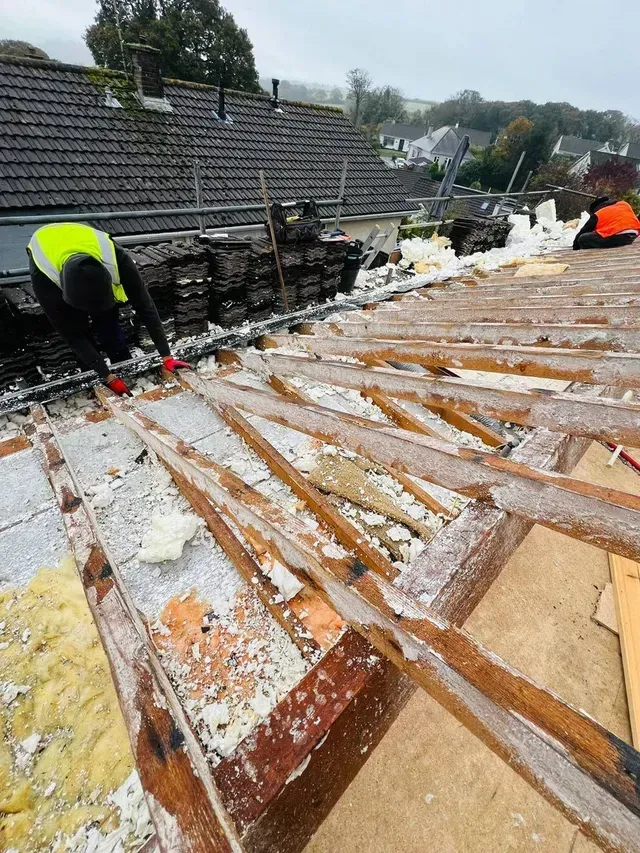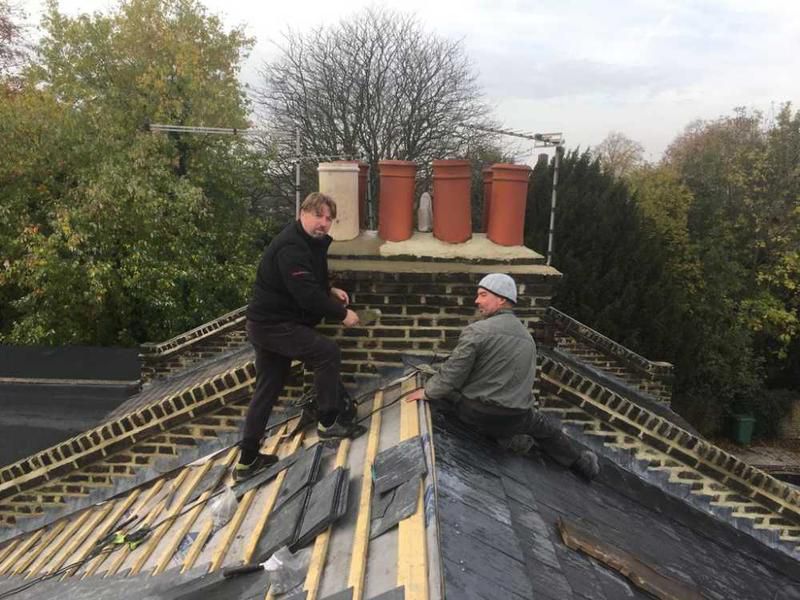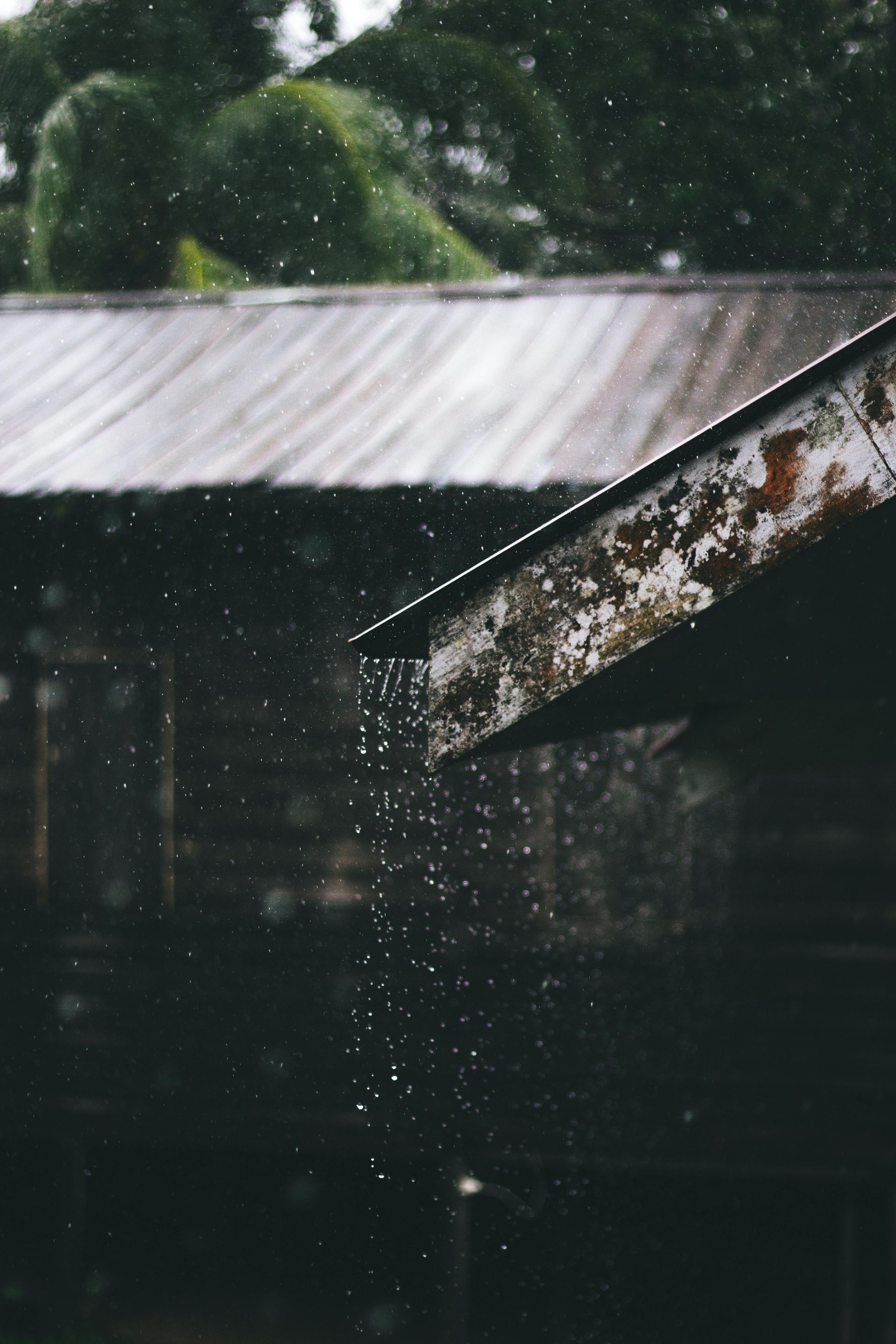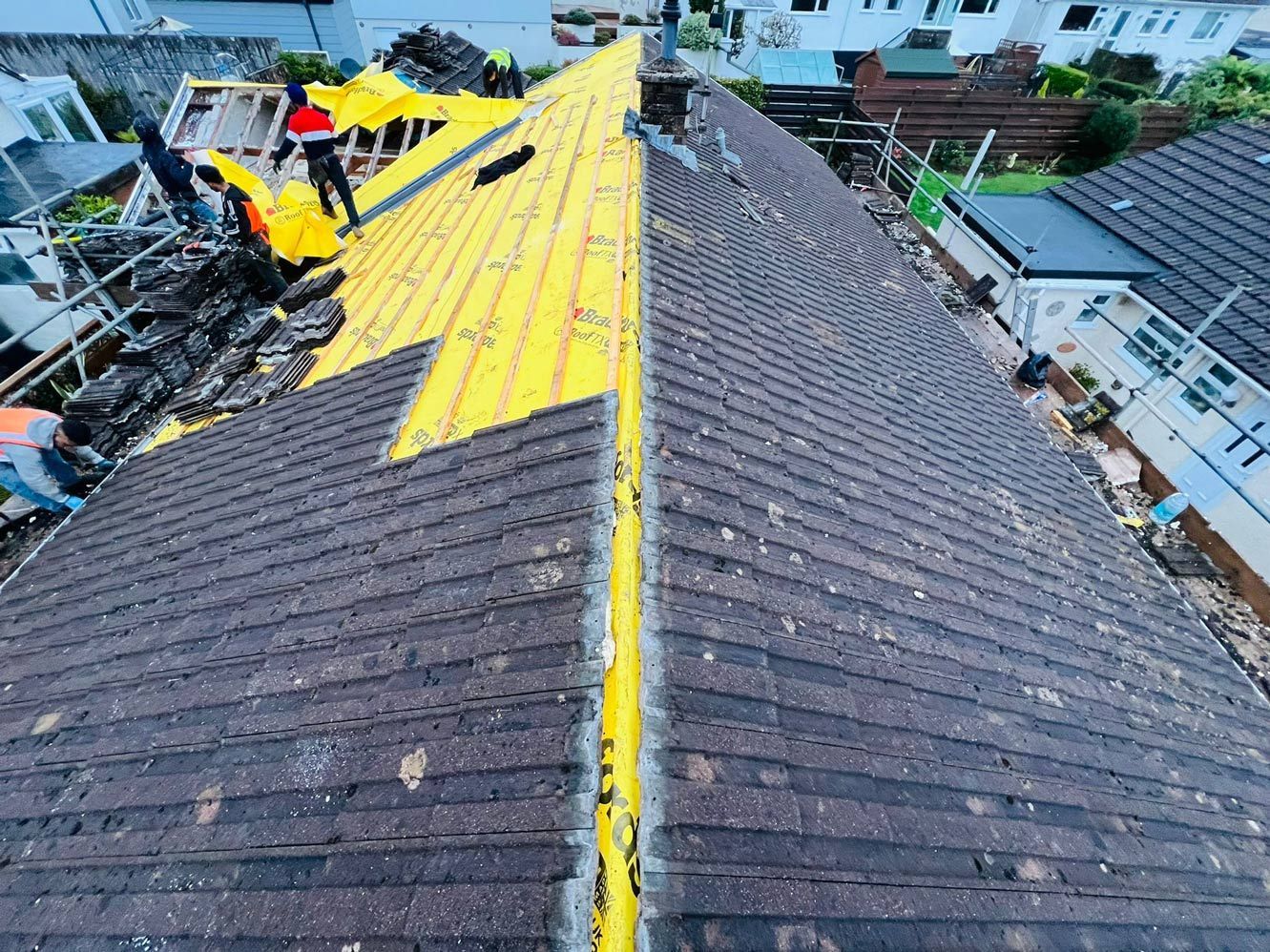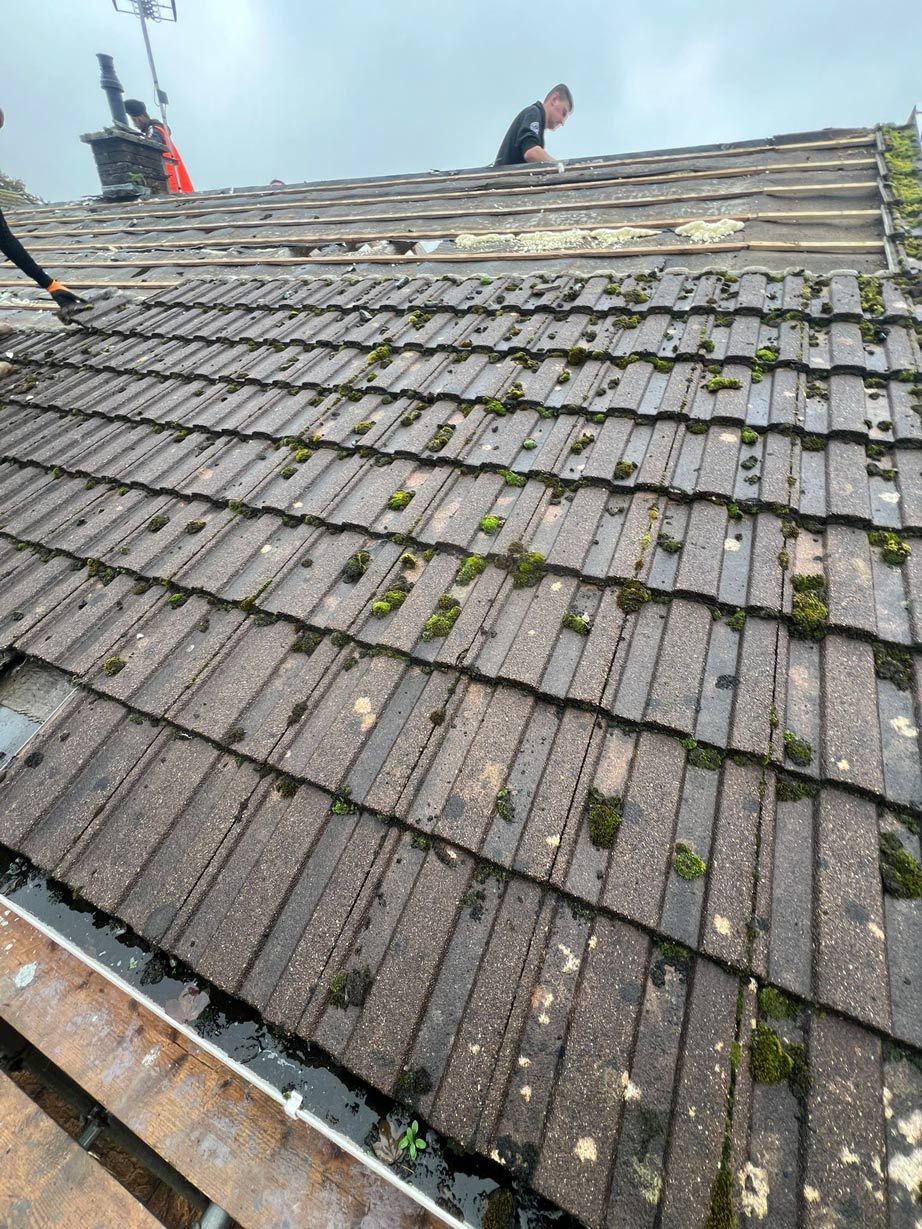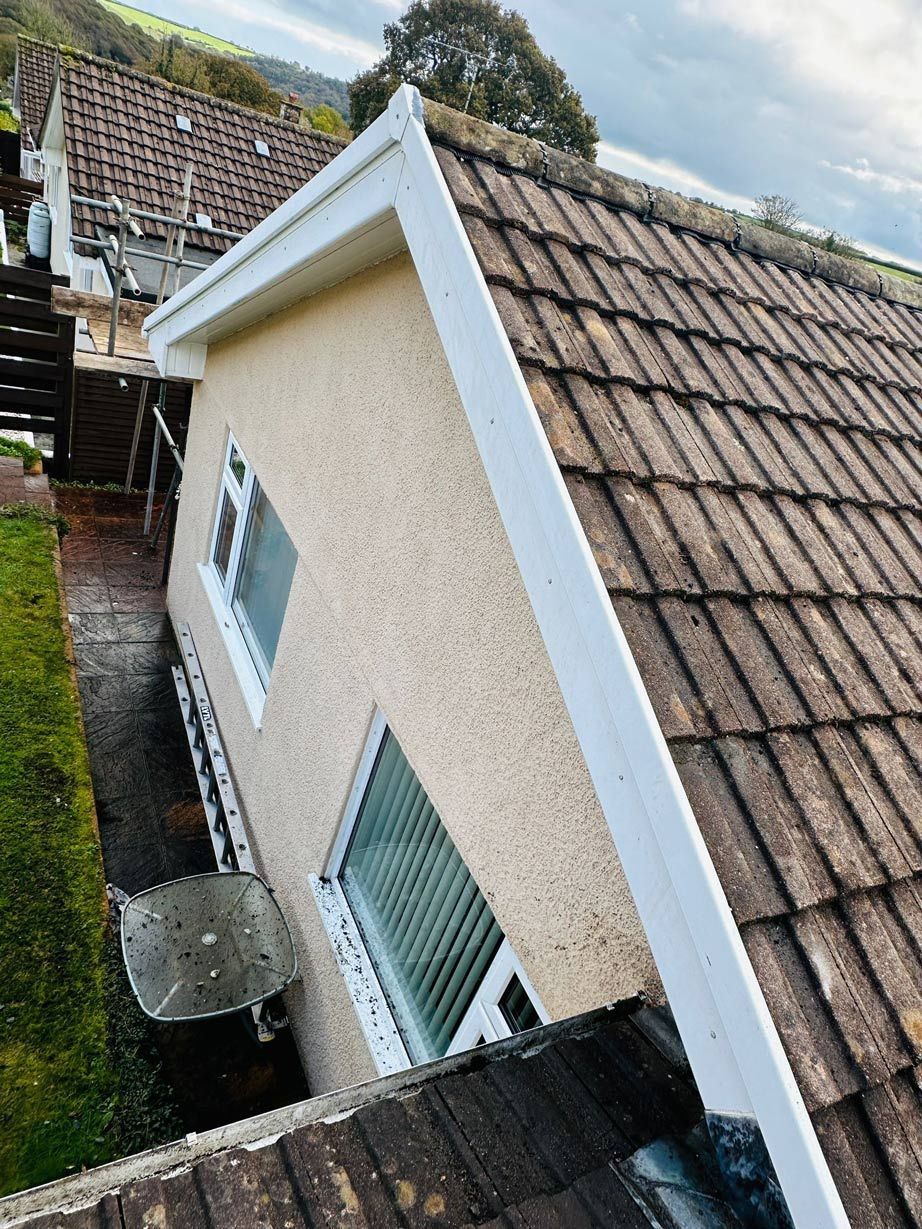When it comes to protecting your home, the roof is your first and most vital line of defence against the elements. A high-quality roof not only safeguards your property but also plays a significant role in enhancing its overall aesthetic and market value. However, with so many roofing materials available on the UK market, how do you determine the best option for your home? This guide will explore the key factors to consider when selecting roofing materials, the advantages and disadvantages of popular options, and how to make an informed decision that suits your needs and budget.
Why Choosing the Right Roofing Material Matters
The choice of roofing material goes beyond mere appearance. It directly influences the durability, energy efficiency, and long-term maintenance of your home. Here's what’s at stake:
- Longevity: Different materials offer varying lifespans, so your choice will impact how often you’ll need replacements or repairs.
- Weather Resistance: In a country like the UK, where wind, rain, and occasional snow are factors, weather resistance is a critical consideration.
- Aesthetics: The roofing material should complement your property’s architectural style.
- Environmental Impact: Some materials leave a smaller carbon footprint and can be recycled, contributing to sustainability efforts.
- Cost: Both initial expenses and long-term maintenance costs should fit within your budget.
With these critical factors in mind, let’s delve into the roofing materials most commonly used in the UK.
Popular Roofing Materials in the UK and Their Pros and Cons
1. Slate Roofing
Slate roofing has been a staple in the UK for centuries, and its timeless appearance can add an elegant touch to traditional and modern homes alike.
Pros:
- Durability: Slate roofs can last over 100 years with minimal maintenance.
- Weather Resistance: Highly resistant to rain, wind, and frost.
- Aesthetic Appeal: Natural slate offers a sophisticated, rustic charm.
Cons:
- Weight: Slate is heavy, requiring a strong structural framework.
- Cost: It’s one of the more expensive roofing materials, both in terms of material and installation.
- Fragility:
Though long-lasting, slate tiles can crack under significant impact.
2. Clay Tiles
Clay tiles are another traditional favourite and are commonly seen on UK homes.
Pros:
- Longevity: Clay tiles often last 50–100 years.
- Aesthetic Variety: Available in a range of colours, shapes, and finishes.
- Low Maintenance: Resistant to mould and decay.
Cons:
- Cost: Clay tiles are pricier than mainstream alternatives like concrete.
- Weight: Similar to slate, they require a strong roof structure.
3. Concrete Tiles
Concrete tiles are an affordable yet durable roofing solution used in many parts of the UK.
Pros:
- Durability: Typically lasts 50 years or more.
- Affordability: One of the most cost-effective options on the market.
- Weather Resistance: Great for UK climates, standing up to wind and precipitation.
Cons:
- Weight: Their weight is comparable to slate and clay.
- Aesthetic Limitations:
Concrete doesn’t offer the same refined look as slate or clay.
4. Metal Roofing
Metal roofs are becoming increasingly popular in the UK due to their contemporary look and practicality. Often, self-build homes allow for bespoke designs, and metal roofs are more common.
Pros:
- Lightweight: Metal roofing is much lighter than slate or tile.
- Longevity: Typically lasts 40–70 years.
- Energy Efficiency: Reflective properties can improve thermal efficiency in homes.
Cons:
- Noise: Rainfall can create a louder noise level compared to other materials, but if you are like me, I do love the sound of rain of the roof.
- Cost:
Premium metals like zinc or copper can be expensive.
5. Asphalt Shingles
While not as common in the UK as in other parts of the world, asphalt shingles are still widely available as a cost-effective option. You may find these on things like garden sheds here, but not on traditional homes.
Pros:
- Affordability: Cheaper than slate or clay tiles.
- Ease of Installation: Quick and straightforward to lay.
- Lightweight: Suitable for nearly all types of roof structures.
Cons:
- Shorter Lifespan: Typically lasts only 20–30 years.
- Lower Aesthetic Value: May not suit traditional British architectural styles.
6. Green Roofs
An eco-friendly option, green roofs involve layers of vegetation installed over waterproofing membranes.
Pros:
- Environmental Benefits: Improves air quality, provides natural insulation, and promotes biodiversity.
- Aesthetic Appeal: Great for contemporary or eco-conscious designs.
- Water Management: Helps absorb rainwater, easing drainage issues.
Cons:
- Cost: Installation and ongoing maintenance can be pricey.
- Complexity:
Requires specialised expertise and comprehensive waterproofing.
Key Considerations When Choosing a Roofing Material
Now that we’ve explored the various options, here are the factors that should steer your decision:
1. Climate and Weather
The UK’s variable weather means roof materials must withstand rain, wind, and frost. Slate, clay, and concrete are particularly suited for these conditions.
2. House Design
The architectural style of your property will influence your choice. Traditional homes often look best with slate or clay tiles, while modern builds may suit metal or green roofs.
3. Budget
Consider not just the upfront costs, but lifetime expenses. Slate and clay are pricier initially but cost less over time due to their durability.
4. Structural Support
Ensure your current roof structure can support the weight of heavy materials like slate or clay. If not, lightweight options like metal may be preferable.
5. Maintenance Requirements
Think about how much time and money you're willing to invest in maintaining your roof over its lifespan. Materials like clay and slate require less frequent upkeep compared to options like asphalt.
Tips for Hiring a Roofing Specialist
Once you’ve narrowed down your choices, the next step is hiring a professional to handle your installation. Here are some tips:
- Check Credentials: Ensure they are certified and insured.
- Ask for References: Request reviews or testimonials from previous customers.
- Obtain Multiple Quotes: Compare services, prices, and timelines.
- Inspect Their Portfolio: Look at their past work to gauge their expertise.
For homeowners in Wimbledon, D&R Roofing Experts has built a solid reputation for quality craftsmanship and efficient service. Whether you’re after slate, clay, or contemporary metal roof installation, we can guide you through every step of your roofing project.
Conclusion: Making the Right Choice
Your roof is an integral part of your home. Choosing the best roofing material requires careful consideration of your budget, the local weather, the architectural style of your property, and your long-term needs. While there are many options available—from traditional slate to eco-friendly green roofs—each has its own pros and cons. Consulting with a reputable roofing professional, such as D&R Roofing Experts, can ensure you make a well-informed decision suited to your home.
Need guidance on choosing the right roofing material or help with installation?
Contact D&R Roofing Experts today for a free consultation. Protect your home with the durability, aesthetics, and expertise you deserve.



